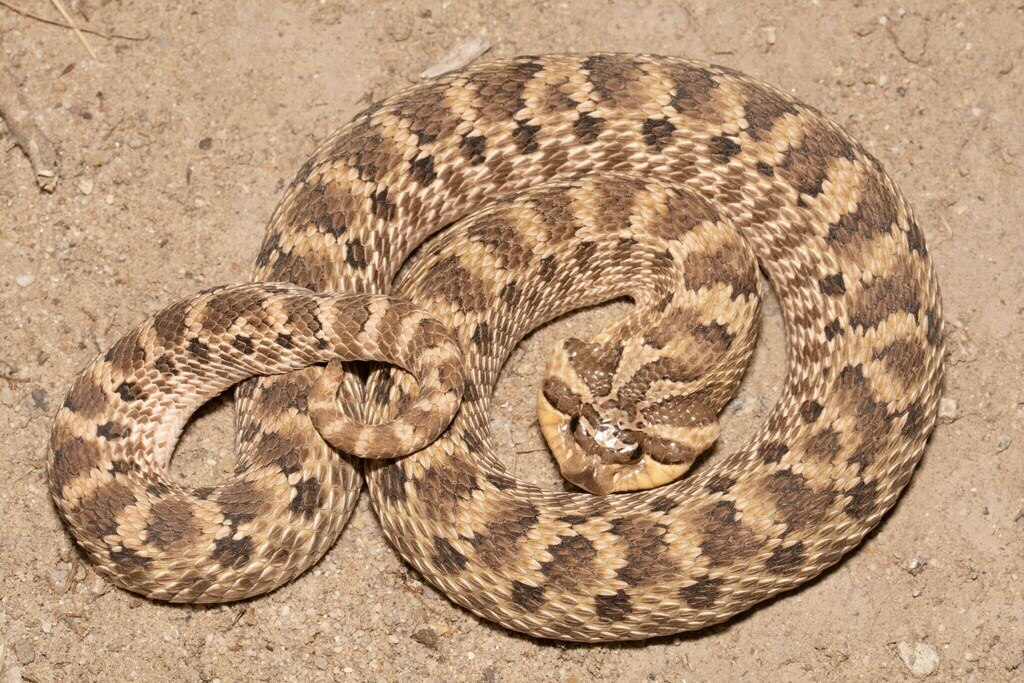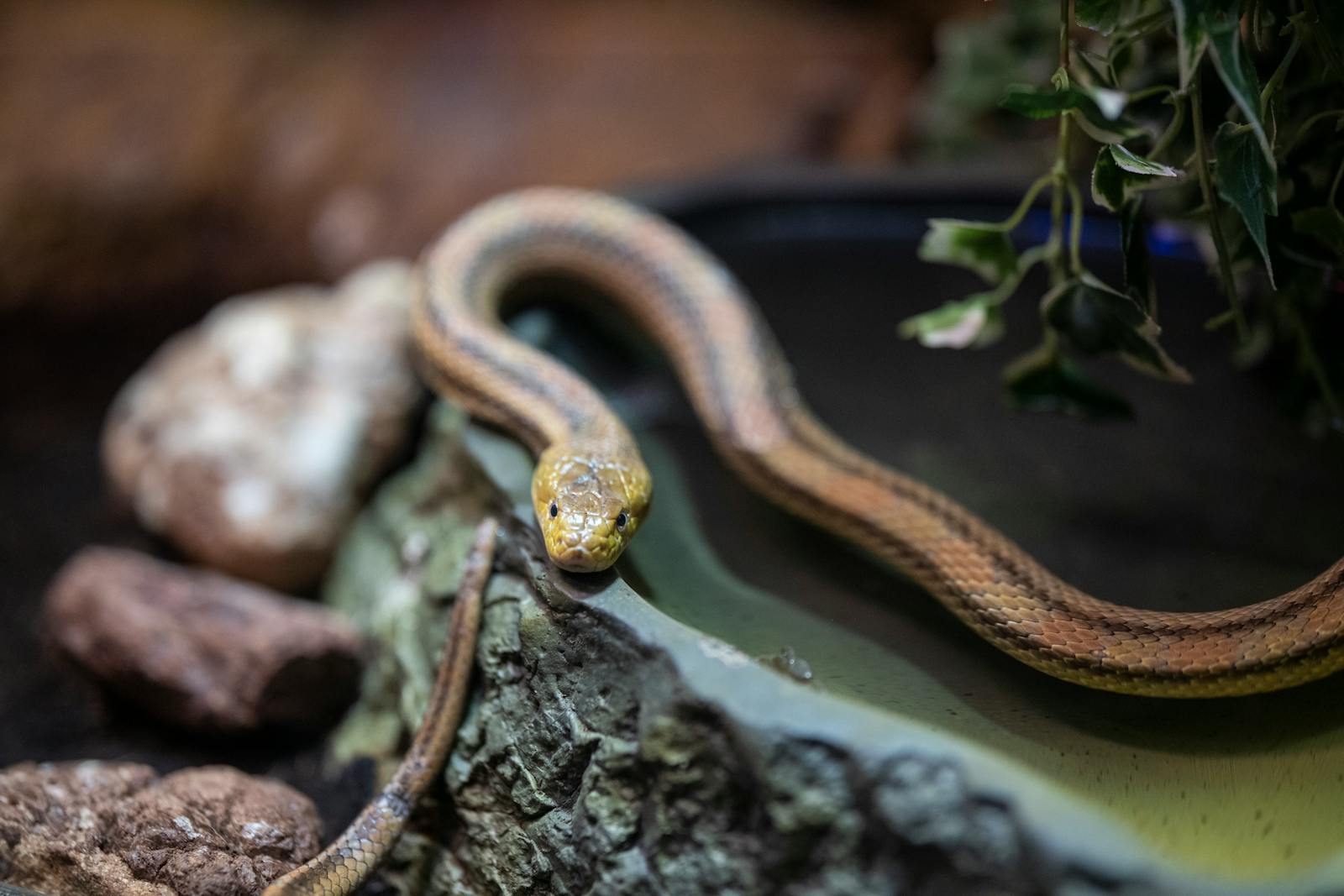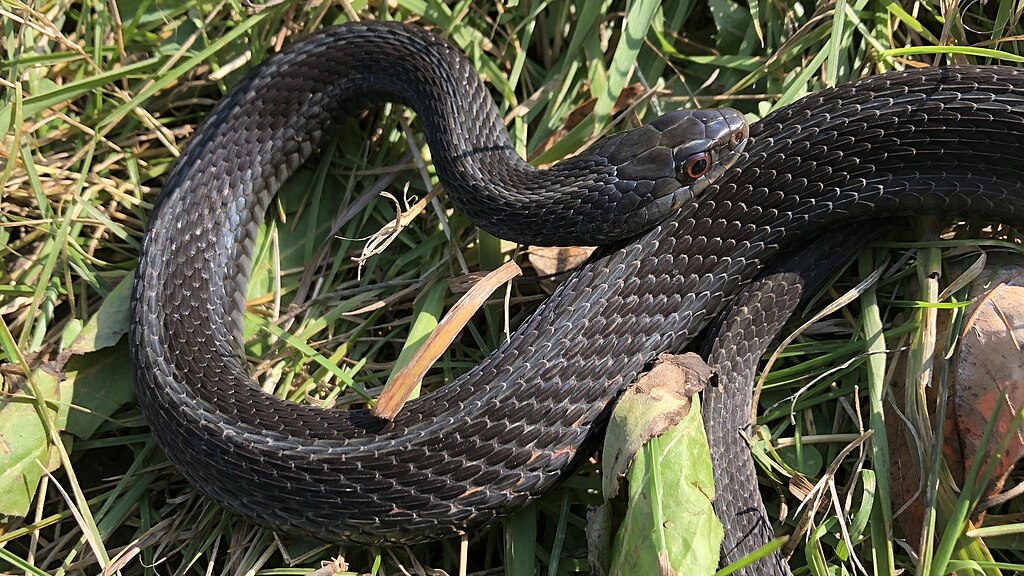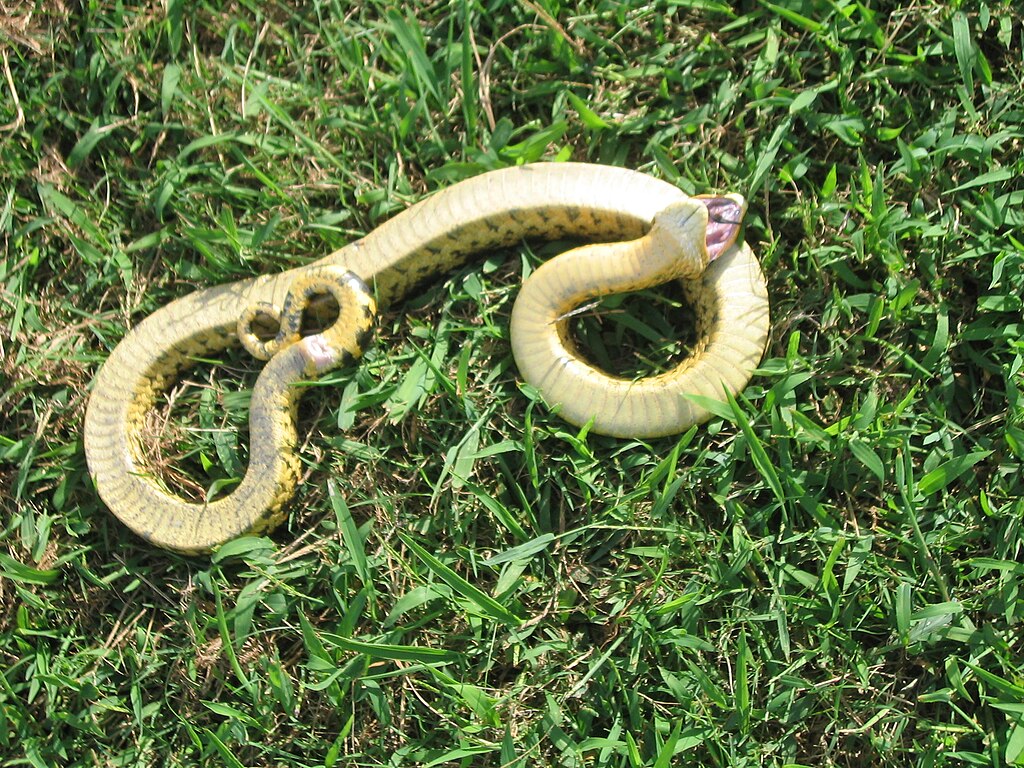The world of pet training often conjures images of dogs fetching balls or cats responding to the shake of a treat container. However, pet snake owners may wonder if their scaly companions can also learn to respond to their voice or recognize their name. The idea of a snake slithering toward you when called might seem far-fetched, but is there any truth to the possibility? This article explores the fascinating realm of snake cognition, learning abilities, and whether these reptiles can truly be trained to come when called.
Understanding Snake Cognition

Snakes possess a very different brain structure than mammals like dogs or cats, which affects how they process information and learn. Their brains lack a neocortex, the part responsible for higher cognitive functions in mammals. Instead, snakes rely primarily on their reptilian brain, which focuses on survival instincts and basic functions. This biological reality means snakes process the world differently than the pets we typically associate with trainability. They don’t form emotional bonds or seek social approval, which are key motivators in traditional pet training. Instead, their behavior is driven by more primal needs like food, safety, and comfort.
How Snakes Perceive Their Environment

To understand snake trainability, we must first grasp how these reptiles perceive their surroundings. Snakes primarily rely on their sense of smell, using their forked tongues to collect scent particles and transfer them to the Jacobson’s organ in the roof of their mouth. They also detect vibrations through their jawbones and can sense heat through specialized pit organs (in certain species like pythons and boas). Their vision varies by species but is generally geared toward detecting movement rather than recognizing shapes or people. This sensory toolkit means snakes experience the world in a fundamentally different way than humans do, which significantly impacts their capacity for certain types of learning.
The Science of Reptilian Learning

Scientific research on reptile cognition has evolved significantly in recent years, challenging previous assumptions about their learning capabilities. Studies have shown that reptiles, including snakes, can learn through classical and operant conditioning, the same basic learning principles that work with mammals. They can associate certain stimuli with positive or negative outcomes and adjust their behavior accordingly. For example, snakes can learn to associate the opening of their enclosure with feeding time or handling. However, their learning is typically tied to survival-related behaviors rather than social cues or commands, which represents a fundamental difference from mammalian pets.
Types of Training Possible With Snakes

While traditional “come when called” training may be challenging with snakes, there are several types of conditioning that can be successful. Target training, where the snake learns to approach or touch a specific object, has shown promise in certain species. Habituation training helps snakes become comfortable with handling and reduces stress responses. Some snake owners have successfully conditioned their pets to associate certain routines with feeding or handling times. These forms of training rely on consistent repetition and clear associations rather than verbal commands, highlighting the need to work within the snake’s natural cognitive framework rather than imposing mammalian expectations.
Factors Affecting Snake Trainability

Not all snakes are created equal when it comes to learning potential. Species differences play a significant role, with some species demonstrating greater cognitive flexibility than others. Generally, larger, more active snake species like boas and pythons may show more training potential than smaller or more reclusive species. Individual personality also matters – some snakes naturally show more curiosity and food motivation, making them better candidates for training. Age is another factor, as younger snakes may adapt more readily to new routines. Finally, a snake’s health and stress levels significantly impact its ability to engage with any form of training, with stressed or ill snakes showing little interest in anything beyond basic survival.
Using Food as a Motivator

Food is the primary motivator for most snake training efforts, as these reptiles lack the social motivations that drive dogs or cats to please their owners. Snakes are naturally driven to seek food, making feeding time an excellent opportunity for conditioning. Some owners have successfully taught their snakes to associate certain movements, vibrations, or even the sound of their voice with feeding time. Over time, this can lead to behavior that resembles “coming when called,” though the snake is actually responding to the expectation of food rather than recognizing its name. Consistency is crucial – the association must be reinforced regularly for the behavior to be maintained.
The Role of Scent Recognition

A snake’s powerful sense of smell offers another potential avenue for training. Snakes can certainly learn to recognize their owner’s scent and may show different behaviors toward familiar versus unfamiliar humans. Some snake keepers report that their pets seem more relaxed when they detect their scent. This recognition could potentially be used in training by consistently pairing your scent with positive experiences like feeding or comfortable handling. While this isn’t the same as responding to a verbal call, it does suggest that snakes can form associations with specific people through their primary sensory channels.
Realistic Expectations for Snake Training

Setting appropriate expectations is crucial when approaching snake training. Unlike dogs that may learn dozens of commands, success with snakes looks quite different. A well-trained snake might simply be one that doesn’t stress when handled, comes forward in its enclosure when it sees its owner approach at feeding time, or shows curiosity rather than fear when its enclosure is opened. These behaviors result from positive associations rather than understanding verbal commands. Patience is essential, as progress with reptile training typically occurs over months or even years rather than days or weeks. Acknowledging and working within the limitations of snake cognition leads to more satisfying outcomes for both the snake and its owner.
Case Studies of Trained Snakes

While scientific literature on snake training remains limited, anecdotal evidence from experienced keepers provides valuable insights. Some reptile enthusiasts report success with ball pythons that move toward their enclosure door when they hear their owner’s voice before feeding time. Others describe corn snakes that will extend from their hiding places when their owners tap a specific rhythm on their enclosures. Zoo professionals have also developed training protocols for venomous snakes to move into transport containers voluntarily, reducing stress during necessary handling. These examples demonstrate that while snakes may not understand verbal commands in the traditional sense, they can certainly learn predictable routines associated with specific stimuli, including human presence and actions.
Training Techniques to Try

For snake owners interested in training their pets, several approaches show promise. Target training involves teaching the snake to touch or follow a specific object (like a small ball on a stick) to receive a food reward. This can eventually lead to the snake moving in a desired direction on cue. Another technique involves creating a consistent pre-feeding ritual, such as a gentle tap on the enclosure or a specific sound, that signals food is coming. Some owners use scent training by handling prey items with a specific glove, then wearing that glove during non-feeding interactions to build positive associations. Clicker training, widely used with mammals, has also shown some success with reptiles when the click is consistently paired with food rewards.
Signs Your Snake Recognizes You

While your snake may not come running like a dog when you call its name, there are subtle signs that it recognizes and has become comfortable with you. A trained snake may show reduced defensive behaviors such as hissing, striking, or musking when handled by its regular keeper compared to strangers. Some snakes demonstrate increased curiosity or exploratory behavior in the presence of their regular caretaker. Tongue flicking often increases when a familiar person approaches, indicating the snake is gathering information rather than feeling threatened. Over time, many snake owners notice their pets become calmer during handling sessions and may even seem to seek out interaction by moving toward them when the enclosure is opened.
The Benefits of Training Attempts

Even if your snake never learns to come when called in the traditional sense, there are numerous benefits to engaging in training activities with your reptile companion. Regular, positive interactions help reduce stress and promote better overall health in captive snakes. Training sessions provide valuable mental stimulation, which is increasingly recognized as important for reptile welfare. For owners, training efforts create opportunities to better understand their snake’s natural behaviors and preferences. Perhaps most importantly, the process of working with your snake’s natural instincts rather than against them fosters a deeper appreciation for these fascinating creatures on their own terms, rather than expecting them to behave like mammalian pets.
Conclusion: Meeting Snakes Where They Are

While snakes may never respond to verbal commands in the way that dogs or cats do, they are certainly capable of learning and adapting to interactions with their human caretakers. The key to successful snake “training” lies in understanding and working with their unique sensory world and cognitive abilities rather than imposing mammalian expectations on reptilian minds. By focusing on consistent routines, positive associations, and species-appropriate interactions, snake owners can develop meaningful relationships with their scaly companions. Though your snake may never come when called by name, it may very well learn to recognize your presence and associate you with positive experiences – and in the world of reptile keeping, that counts as a significant training success.





